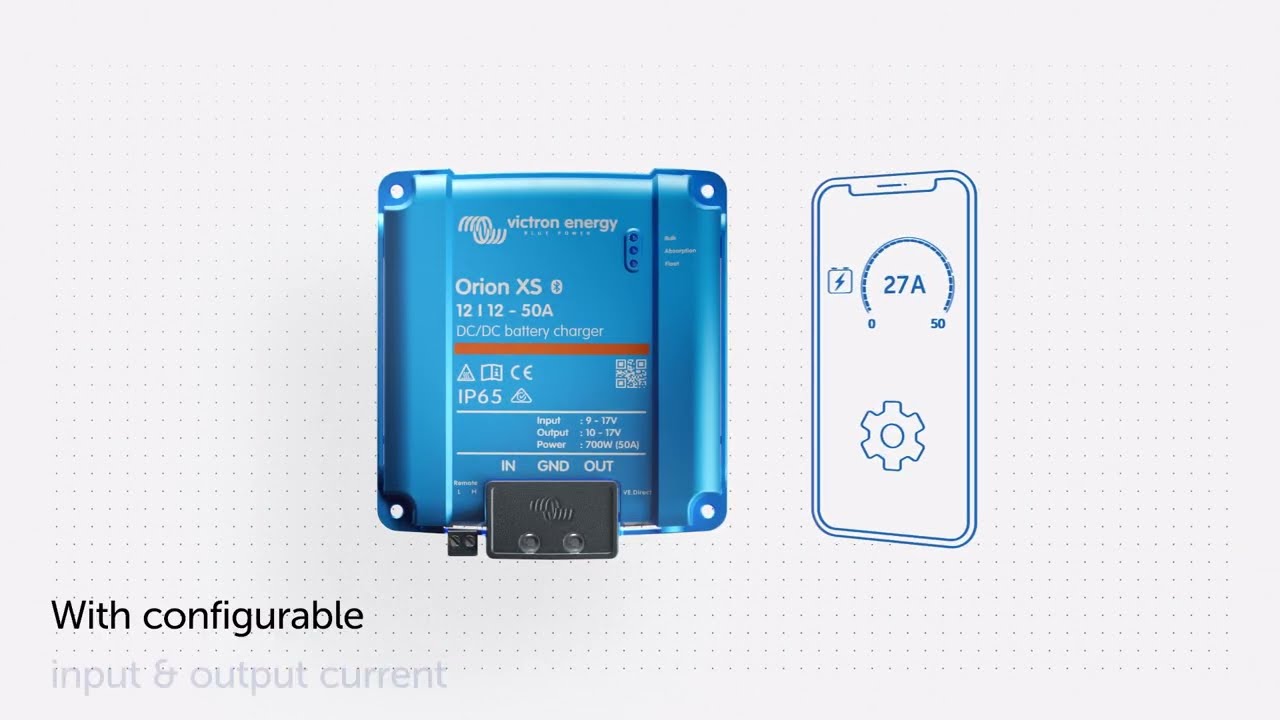

Hello,
Sign In
I frequently get the question on how to store lithium batteries when they’re not being used for an extended period. Since this came up again today, I thought it would be useful to quickly share my thoughts on the topic, offering some practical advice for optimal battery care.
Here’s what I often tell customers: If you push your batteries to their limits (within reason), you might “only” get about 2000 cycles out of them, compared to the 4000+ cycles you could achieve with more cautious use. However, considering that our average customer cycles their battery less than once per week, 2000 cycles would last approximately 40 years!
Of course, this estimate doesn’t account for natural time-based degradation, but it serves as a reminder that there’s usually no need to stress about squeezing every last possible cycle from the battery.
On the flip side, you definitely should not store your batteries when they’re completely flat (or close to it). While LiFePO4 batteries have a much lower self-discharge rate than traditional lead-acid batteries, they still self-discharge at a rate of around 3% per month. This means if you store a battery at just 10% charge for several months, you could dip below the minimum recommended cell voltage of 2.5V, which could damage the cells and reduce their capacity, especially when recharging with high currents.
As with many electronics, it’s crucial to store lithium batteries in a cool, dry environment to ensure optimal performance and longevity. Ideally, you should aim to keep the storage temperature below 40°C, as higher temperatures can negatively affect the battery’s performance and significantly shorten its lifespan. Prolonged exposure to heat can cause the battery to degrade faster, which may lead to reduced capacity and a shorter overall life.
That said, as long as you’re storing your batteries within reasonable temperature limits — in a well-ventilated area away from direct sunlight or heat sources — you shouldn’t encounter any major issues. A dry location is equally important to prevent moisture buildup, which could damage the battery’s internal components. By maintaining these storage conditions, you’ll ensure that your batteries remain safe, efficient, and ready to perform when you need them.
As for my personal approach, I usually store customer batteries at about 40-50% charge, which I find is the optimal balance for maintaining battery health over the long term. However, for my own use, I’m comfortable keeping my batteries fully charged at 100%, as I frequently need them to be readily available and fully powered. I find this flexibility works without causing issues, and it keeps my batteries ready for use at any time, ensuring I have power whenever I need it.
By following these straightforward yet essential guidelines, you can ensure that your lithium batteries remain reliable, maintain their full capacity, and enjoy an extended lifespan. Whether you’re using them regularly for demanding applications or storing them for future needs, proper storage and care are key to getting the most out of your batteries. Taking a little extra care during storage will protect your investment and guarantee consistent performance over time.

Copyright © 2023 Muller Energy. All rights reserved.
Lorem ipsum dolor sit amet, consectetur adipisi cing elit, sed do eiusmod tempor incididunt ut labore et dolore magna aliqua. Ut enim ad minim veniam, quis nostrud exercitation ullamco laboris nisi ut aliquip ex ea commodo consequat.